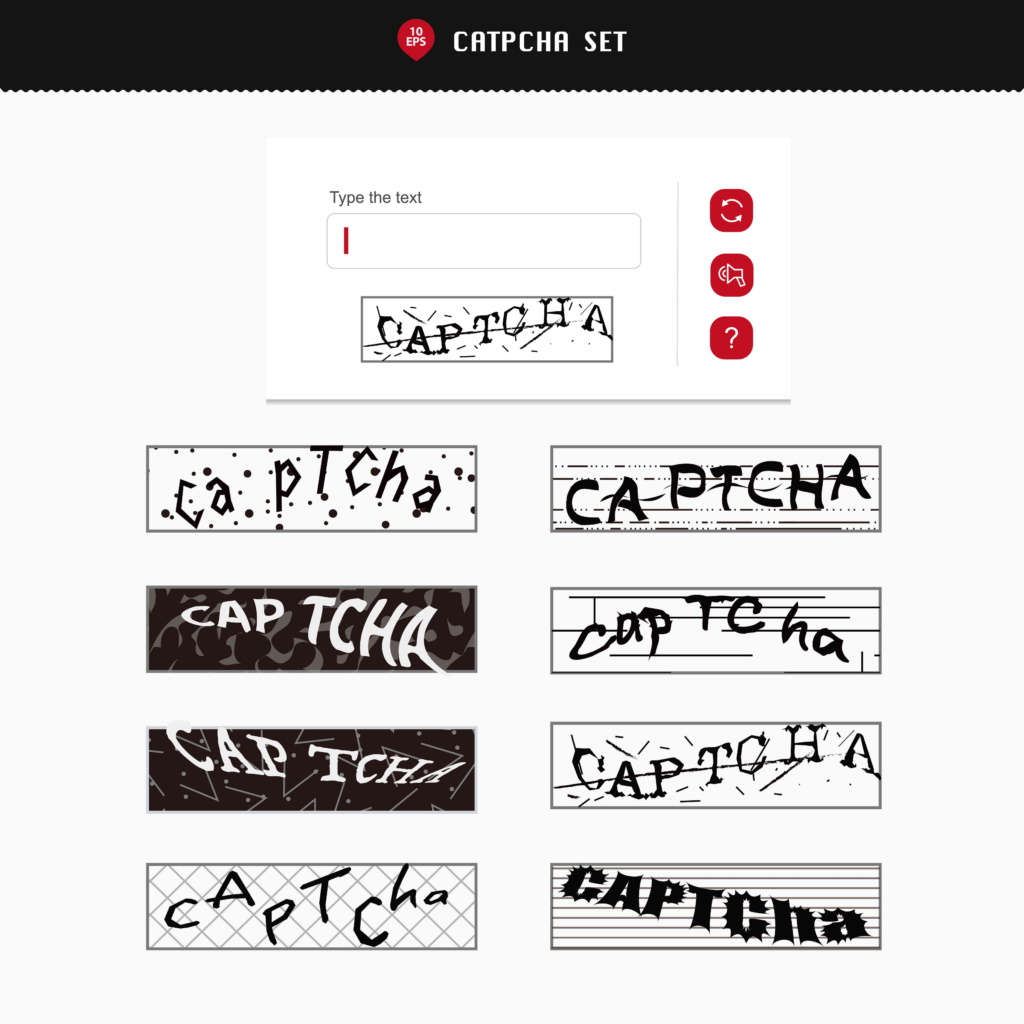How Does CAPTCHA Work?
What is CAPTCHA?
On the internet, where information is always moving, there’s a digital guard called CAPTCHA. It protects against malicious entities and automated bots. CAPTCHA stands for Completely Automated Public Turing test to tell Computers and Humans Apart.
CAPTCHA is a security mechanism designed to differentiate between human users and automated bots. It presents challenges that are easy for humans to solve but difficult for machines, thereby serving as a barrier against unwanted access, spam, and other forms of online abuse.
The Turing Test Connection
The concept behind CAPTCHA is closely linked to Alan Turing‘s famous test of artificial intelligence – the Turing Test. Turing proposed that a machine could be considered intelligent if it could imitate human responses convincingly. In the case of CAPTCHA, the objective is to create a test that only humans can pass, making it a real-world application of Turing’s visionary ideas.
Introduction to reCAPTCHA
One of the most widely used implementations of CAPTCHA is reCAPTCHA, a service originally developed by Carnegie Mellon University and later acquired by Google in 2009. reCAPTCHA not only serves the primary purpose of distinguishing humans from bots but also contributes to digitizing books and improving machine learning algorithms.
Types of CAPTCHA
CAPTCHAs come in various forms, ranging from distorted text and image recognition challenges to interactive puzzles. Text-based CAPTCHAs typically involve distorted letters and numbers, while image-based ones may require users to identify objects or characters within a set of pictures. The diversity of these challenges enhances the overall security of online platforms.
In addition to the conventional text and image recognition CAPTCHAs, newer approaches have emerged to bolster security measures. Behavioral CAPTCHAs, for instance, analyze mouse movements and typing speed, distinguishing humans from bots based on natural behavioral variability.
Another cutting-edge category is 3D CAPTCHAs, which demand spatial reasoning within a three-dimensional space. By leveraging human abilities to perceive depth and understand spatial relationships, these challenges pose formidable obstacles for automated systems.
CAPTCHAs play a crucial role in maintaining poll accuracy by ensuring that responses are generated by human participants rather than automated scripts. They are commonly employed to limit registration for online services, preventing the creation of multiple
accounts by bots and safeguarding the integrity of user databases. Additionally, CAPTCHAs are instrumental in preventing ticket inflation, as they thwart automated bots attempting to exploit online ticketing systems by artificially inflating the demand. In the realm of online discussions, CAPTCHAs act as a barrier against false comments, filtering out automated spam and preserving the authenticity of user-generated content. In these scenarios, CAPTCHAs act as a frontline defense, enhancing the reliability and security of various online interactions.

CAPTCHA and Legal Compliance
CAPTCHA not only serves as a guardian against automated threats but also plays a crucial role in legal compliance, particularly in the context of data protection laws. Its implementation aligns with user privacy principles, addressing the need for robust security measures. In the realm of data protection, CAPTCHA acts as a valuable tool by discerning between humans and automated entities, contributing to the safeguarding of personal information and enhancing overall compliance with privacy regulations. Furthermore, CAPTCHA’s design and implementation hold significance in meeting accessibility standards, emphasizing a balance between security and inclusivity. In conclusion, CAPTCHA is a multifaceted solution, fortifying online security, promoting legal compliance, and aligning with evolving digital accessibility frameworks.
Best Practices for Developers
Developers adopting CAPTCHA in their applications should adhere to best practices to maximize its effectiveness. Ensuring that CAPTCHA challenges are user-friendly yet robust against automated scripts is essential. Striking the right balance between security and user experience is crucial to prevent frustrating legitimate users while deterring malicious activities. Additionally, regularly updating CAPTCHA implementations and staying informed about emerging threats helps developers stay ahead in the ongoing cat-and-mouse game with cyber attackers.
Integration with Other Security Measures
While CAPTCHA remains a valuable component in a robust security strategy, cybersecurity encompasses a broader perspective. Developers should consider integrating CAPTCHA with additional security measures such as multi-factor authentication, rate limiting, and IP blocking to create a layered defense against various cyber threats. Recognizing the multifaceted nature of cybersecurity, it becomes imperative to safeguard websites and applications comprehensively.
At Medianova, we are intelligently integrating CAPTCHA with a suite of solutions, including rate limiting, and WAF, to ensure our clients’ websites are not only defended against bots but are also highly available, easily accessible, and secure. Our approach acknowledges the diverse challenges in the cybersecurity landscape, providing our clients with a comprehensive solution. Stay tuned for the enhanced CAPTCHA capabilities with Medianova.


